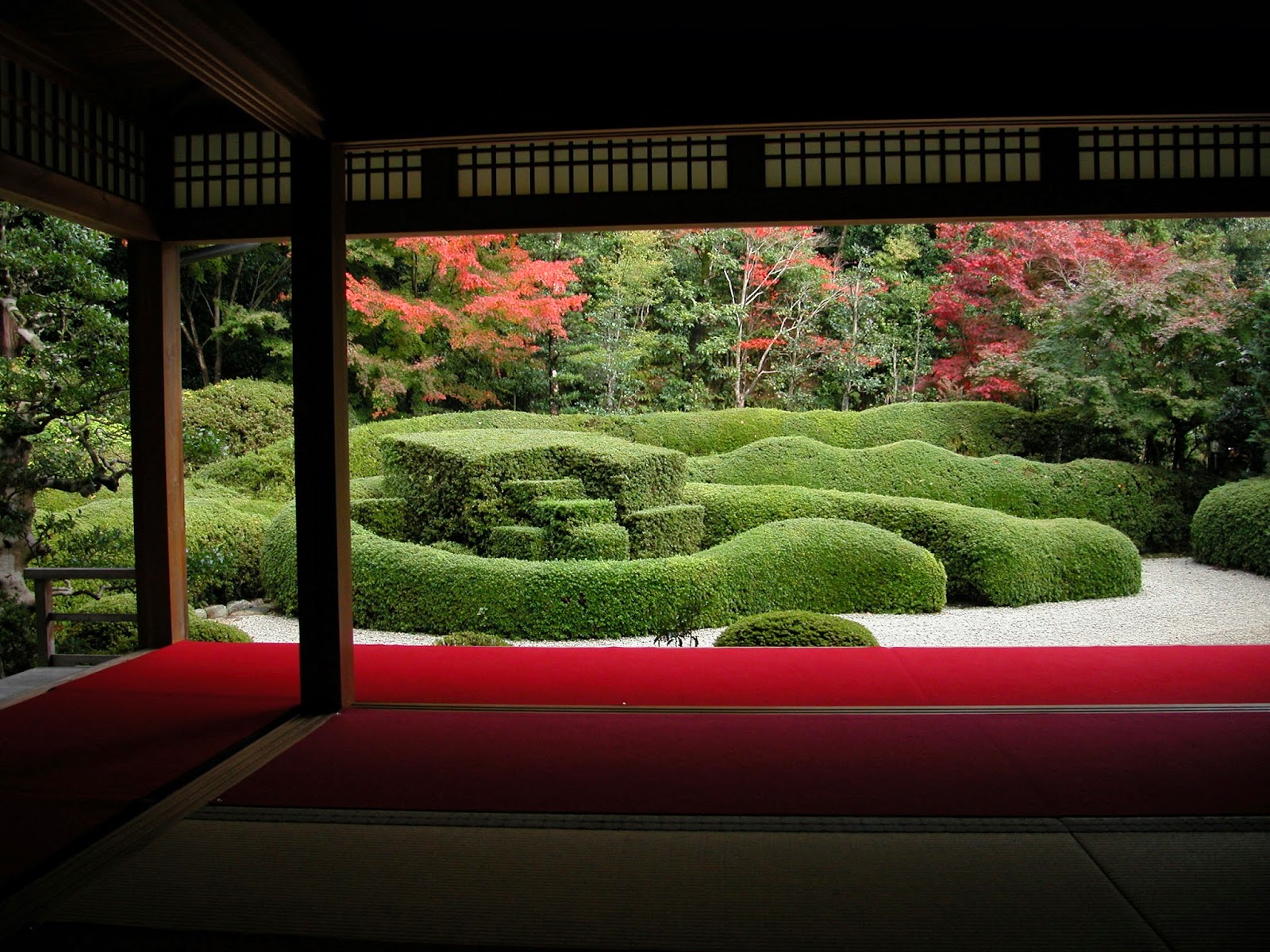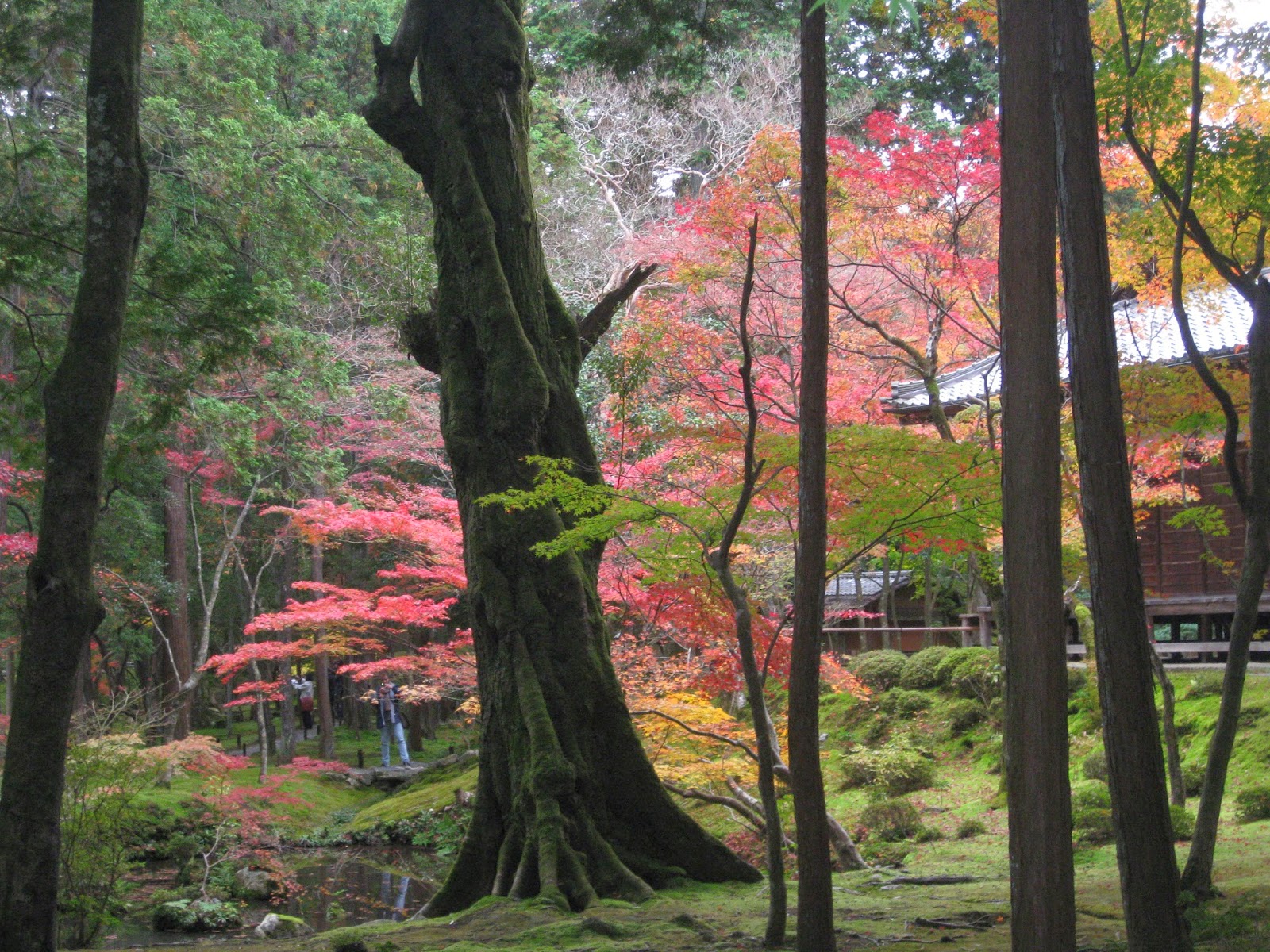Japanese culture has developed a highly refined sense of aesthetics, which can be applied to all the art forms, including the gardens. The various aesthetic concepts offer a series of prisms through which the art forms can be more deeply appreciated. Much of this aesthetic sensitivity has arisen from a deep respect and awareness of nature, this pattern was established as early as the Heian period (785-1185), and has been continued and developed into the modern age with a remarkable continuity.
The observation and appreciation of detail is a characteristic aesthetic quality which underlines many of the cultural terms and conditions. It is more widespread than residing only with a cultural elite, traces and influences of such thinking can be found throughout Japanese society.
"Yugen can be apprehended by the mind, but it cannot be expressed in words. It may be suggested by the sight of a thin cloud veiling the moon, or by autumn mist swathing the scarlet leaves on a mountainside. If one is asked where in these sights the yugen is, one cannot say, and it is not suprising that a man who fails to understand this truth is likely to prefer the sight of a perfectly clear, cloudless sky. It is quite impossible to explain wherein lies the interest in the remarkable nature of yugen." Shootetsu (15th C. monk)
In Japan, one can argue that aesthetic sensibility has traditionally held greater sway over intellectual prowess. Historically there never really developed a concern for intellectual speculation, rather it is the quality of emotional experience, and the appreciation of that experience which established a cultural dominance.
The prevailing preference in Japanese aesthetics is for monochrome. The use of colour was highly regarded and appreciated in Heian times. The art of dyeing materials, for example, became highly sophisticated, and sensitivity to colour was profound. Colour, and its display was used to send coded signals in social contexts. The combination of colours was seen as being a benchmark of critical sensibility and taste. With the rise to pre-eminence of Zen Buddhism during the Muromachi period (1334-1568) the use of colour became of less importance. During the following Momoyama period (1568-1603), colour briefly re-established favour in the arts. Though the gardens have always reflected a more consistent concern with texture, sculptural form, and the use of space. These concepts have been seen as having a more consistent, lasting impression, whereas colour is seen as being transient and fleeting.





No comments:
Post a Comment